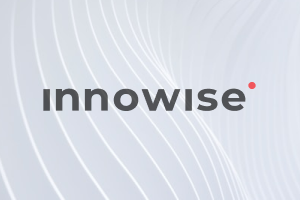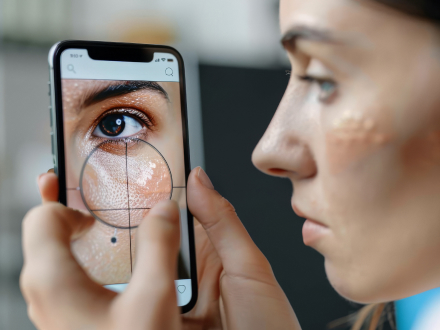- Ontdekken en afstemmen
- Prioriteiten stellen en ontwerpen
- Waarde valideren (PoC/MVP)
- Implementeren en integreren
- Uitvoeren en verbeteren
Ontdekken en afstemmen
Doelen en belanghebbenden verduidelijken en gegevens, systemen en succescijfers in kaart brengen die belangrijk zijn voor clinici en operaties.
Prioriteiten stellen en ontwerpen
Prioriteit geven aan hoogwaardige, haalbare use cases en het ontwerpen van oplossingsarchitectuur en vangrails die passen bij bestaande tools.
Waarde valideren (PoC/MVP)
Een nauw omschreven PoC/MVP uitvoeren in 8-12 weken om hypotheses te testen, modellen te optimaliseren en feedback van gebruikers te verzamelen.
Implementeren en integreren
Verstevigen van pijplijnen, integreren met EHR/LIS/PACS/CRM en configureren van monitoring, toegangscontroles en beveiliging.
Uitvoeren en verbeteren
Modelgovernance en kwaliteitscontroles opzetten en itereren met feedback uit de praktijk om de impact op de lange termijn te vergroten.






















